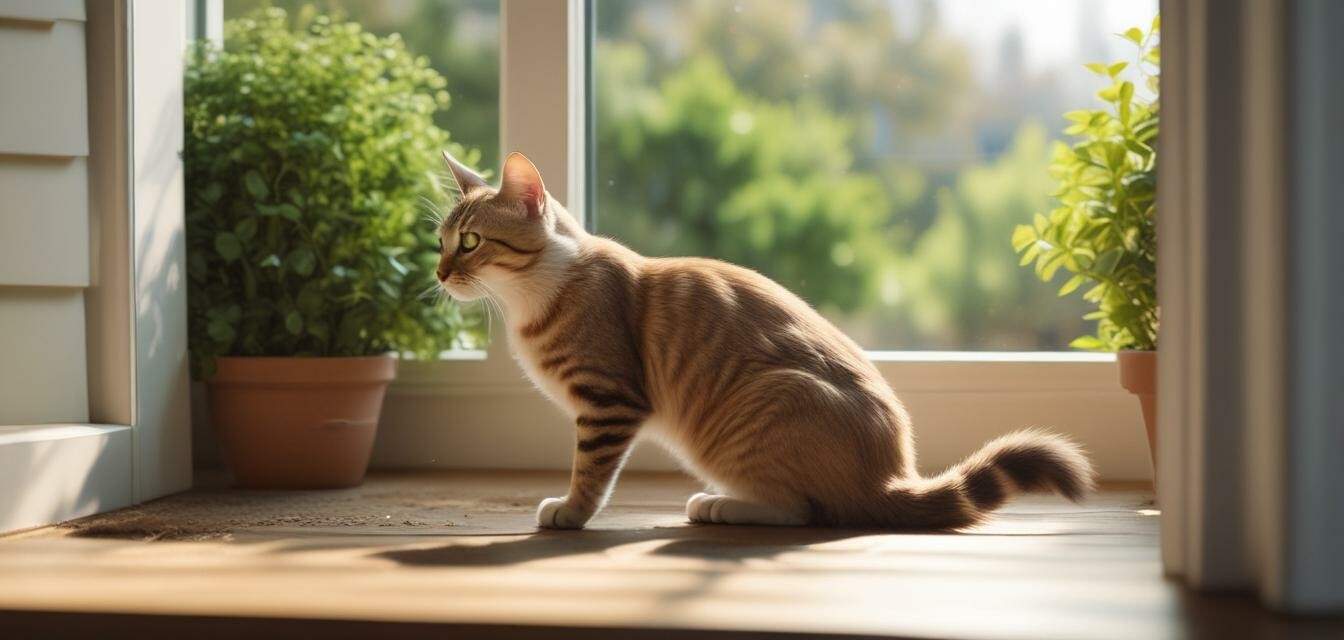
Tips for Introducing Your Cat to New Litter
Key Takeaways
- Transition gradually by mixing old and new litter.
- Choose a litter type that appeals to your cat's preferences.
- Ensure that the litter box is clean and accessible.
- Observe your cat's behavior and adjust as necessary.
- Be patient during the transition period.
Changing your cat's litter can be a smooth transition with proper planning. Cats are creatures of habit; abrupt changes can lead to stress and confusion. In this guide, you'll discover effective tips on introducing new litter to your furry friend without the fuss. Whether you're switching to a clumping, crystal, or eco-friendly variety, these steps can make the process more enjoyable for both you and your cat.
Understanding your cat's needs
Before embarking on the transition, it's essential to understand your cat's preferences. Cats often have specific likes and dislikes regarding litter materials. Here’s how to cater to those needs:
- Texture: Some cats prefer fine, sandy texture, while others might like coarser granules.
- Scent: Unscented litter is generally preferred by cats, as strong fragrances can be off-putting.
- Absorbency: Look for litter that efficiently absorbs moisture and controls odors.
Steps for a smooth transition to new litter
Follow these steps to make the process seamless:
- Start Slow: Gradually introduce the new litter by mixing it with the old litter. A 75% old litter to 25% new blend is often a good ratio.
- Monitor Your Cat: Observe how your cat reacts to the new mixture. Make sure they are using the box and not avoiding it.
- Adjust the Ratio: If your cat shows a preference for one type over another, adjust the ratio accordingly until they are comfortable.
- Keep It Clean: Ensure the litter box is clean and free from old waste, which may deter your cat from using it.
- Change Gradually: Over a week or so, increase the ratio of new litter to old until it’s 100% new.
What to avoid during the transition
Here are some pitfalls to avoid when introducing your cat to new litter:
- Don't switch the litter abruptly; this can cause stress and avoidance.
- Avoid strong fragrances in litters that might be off-putting to your cat.
- Never use two different types of litter in the same box, as this can confuse your cat.
- Don’t forget to keep the litter box in a familiar location to help your cat adjust.
Choosing the right litter type
Selecting the right litter type is crucial for a successful transition. Here’s a quick breakdown of common litter types:
| Type of Litter | Features | Pros | Cons |
|---|---|---|---|
| Clay Litter | Absorbs moisture, clumping | Odor control, easy to find | Dusty, non-biodegradable |
| Crystal Litter | Made from silica, absorbs moisture | Odor control, low dust | Can be harsh on paws |
| Biodegradable Litter | Made from natural materials | Eco-friendly, good absorbency | May not clump as well |
Post-transition care
Continue to monitor your cat after the transition to ensure they’re comfortable with the new litter. Look for signs of distress, such as:
- Refusing to use the litter box.
- Excessive scratching or digging.
- Changes in bathroom habits.
If you notice any issues, consider going back to the previous litter or adjusting your approach. Patience is key!
Pros of introducing new litter
- Improved odor control can enhance your home environment.
- Choosing eco-friendly options supports sustainable practices.
- Finding a more suitable litter can improve your cat’s comfort.
Cons of introducing new litter
- Potential stress for your cat during the transition.
- Not all litter types are suitable for every cat.
- May need to invest time and resources in trying different options.
Conclusion
Transitioning your cat to a new litter type doesn’t have to be a daunting task. By taking gradual steps and being attentive to their needs, you can make the process simple and stress-free. Always remember to monitor your cat’s behavior and give them the time they need to adjust. With these tips in mind, you can create an ideal environment that suits both your preferences and your kitty’s comfort!
For more tips on caring for your feline friend, explore our section on Cat Care Tips and discover valuable insights on various topics, including catnip uses and litter accessories.
Remember, a happy cat makes for a happy home!


